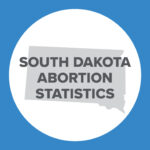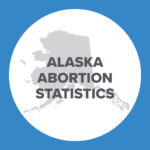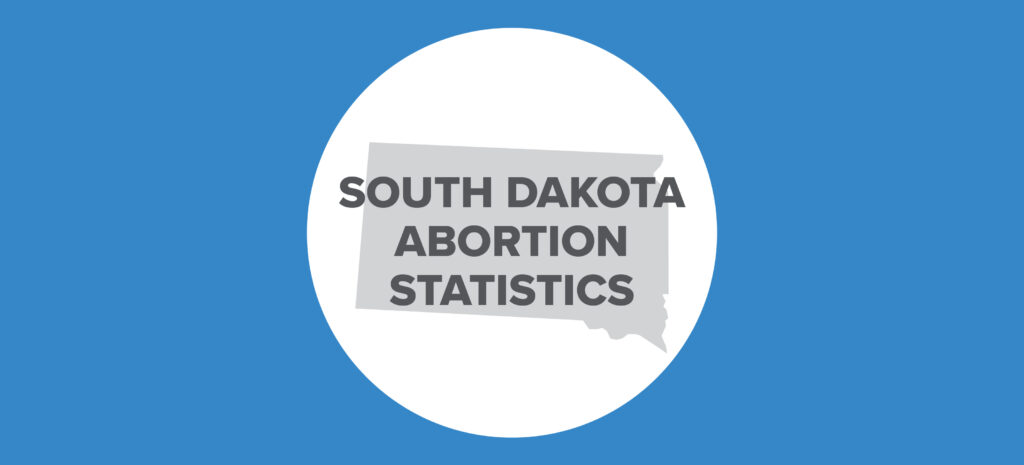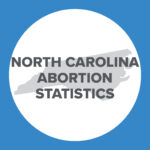Abortion Reporting: Minnesota (2018)
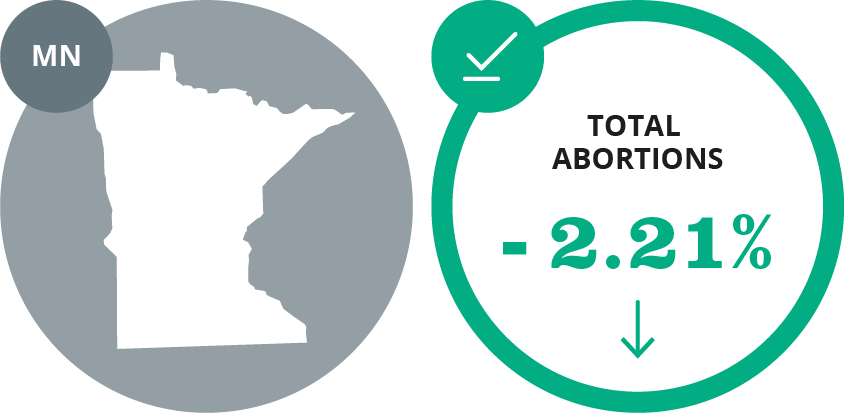
Minnesota’s annual abortion report for 2018 was published online by the Minnesota Department of Health in July 2019. The report shows that abortions in the state fell from the total reported in 2017.
Statistics and Changes in Minnesota Abortions, 2017-2018

Abortion Totals and Trends
In 2018, there were 9,910 abortions reported in Minnesota, down two percent from the previous year. Since 1999, the first year after Minnesota implemented its current abortion reporting law, abortions in Minnesota have fallen by 31 percent. There were 3,675 chemical abortions reported in 2018, a decrease of eight percent from 2017 but an increase of 935 percent from 2001, the first full year after the U.S. Food and Drug Administration approved the use of mifepristone as an abortion drug. Chemical abortions made up 37 percent of the total in 2018. The Charlotte Lozier Institute estimates that Minnesota’s abortion rate was 9.3 abortions per 1,000 women ages 15 to 44 in 2018, down from 9.5 in 2017.
State Report Summary
Ninety percent of the abortions reported in Minnesota in 2018 were performed on state residents. Seven percent were performed on women from Wisconsin and one percent on women from South Dakota. An additional two percent were performed on women from other states or Canada.
Fifty-five percent of the abortions were on women in their twenties (27 percent on women ages 20 to 24 and 28 percent on women ages 25 to 29). Another third were performed on women in their thirties. Four percent were performed on women in their forties, and eight percent were on women under the age of 20, including 16 abortions on girls under the age of 15.
Just over 50 percent of Minnesota abortions were on white women, even though white women make up 82 percent of Minnesota’s population of women in their reproductive years. Twenty-six percent of the abortions were performed on black women (who make up nine percent of the total population of women ages 15 to 44), and eight percent were on Asian women. Two percent of the abortions were on American Indian women, nine percent on women of another race, and four percent on women whose race was not reported. Eight percent of the women were Hispanic, and 84 percent were not Hispanic, while another eight percent did not report their ethnicity.
Thirty-two percent of the abortions reported in Minnesota were on women who had attended some college but not yet obtained a degree, and 21 percent were on women who had obtained a degree. Eighteen percent had graduated high school, and 16 percent had less than a high school education. Twelve percent did not report their level of education. Eighty percent were not married, and 16 percent were married. Four percent did not report their marital status.
More than three-fifths of the abortions (61 percent) were on women with children. Twenty-three percent had one previous live birth, and 38 percent had two or more, compared to 39 percent who had no prior live births. Sixty percent of the women had no previous abortions, while 22 percent had one prior abortion and 17 percent had two or more. Twenty-two percent had previously suffered a miscarriage.
Sixty-nine percent of the abortions reported in Minnesota occurred before nine weeks of gestation. Twelve percent were performed between nine and 10 weeks. Six percent occurred between 11 and 12 weeks, five percent between 13 and 15 weeks, and four percent between 16 and 20 weeks. There were 165 abortions, 1.7 percent of the total, performed after 20 weeks of gestation. Of these, 161 were performed between 21 and 24 weeks. Two abortions were performed at 31 weeks of gestation, one at 36 weeks, and another at 39 weeks of pregnancy.
More than half the abortions reported in the state (56 percent) were surgical abortions performed using dilation and curettage, while seven percent were surgical dilation and evacuation procedures. Thirty-seven percent were chemical abortions performed using a combination of mifepristone and misoprostol. There were two additional “other” chemical procedures, a category which the report states includes labor induction abortions. There was one hysterectomy or hysterotomy abortion and three other, unspecified types of surgical abortion procedures. In 2018, the month of March had the highest reported number of abortions (984) and December had the lowest (668).
Minnesota requires abortion providers to report how they disposed of the fetal remains. In 2018, 73 percent of the babies killed by abortion had not yet reached the level of development necessary to be legally considered “fetal remains,” defined by law to be the presence of “cartilaginous structures, fetal or skeletal parts.” Twenty-six percent of the babies were cremated, and half a percent were buried.
Forty-four percent of the abortions reported in Minnesota were funded by public assistance. Twenty-three percent were covered by private insurance, and 33 percent were self-pay. The 2018 abortion report shows that in 2017, 136 abortions were performed on Minnesota residents in other states and paid for using state funds. The state spent a total of almost $28,000 to pay for the 136 out-of-state abortions and related expenses in 2017.
Minnesota collects information on abortion-related complications using two different forms.1 Immediate complications that occur during the abortion procedure are reported using the state’s abortion reporting form. Subsequent complications that occur after the woman has left the abortion facility are reported on a separate complication reporting form. In Minnesota, physicians and facilities that encounter abortion-related complications are required to report them to the state department of health using the complication reporting form. In 2018, 75 abortions were reported to have resulted in 77 immediate complications. There were four cervical lacerations, eight hemorrhages, one uterine perforation, and 64 other, unspecified complications.
In 2018, the health department received 43 complication reporting forms with 45 subsequent complications. Twenty-one cases of retained products of conception were reported, in which pieces of the baby or placenta, or both, are left in the woman’s uterus. There were seven hemorrhages and seven cases of ongoing pregnancy. There were three uterine perforations and three infections that required hospital treatment, as well as three other, unspecified complications. One instance of heavy bleeding requiring a transfusion was reported.
Three babies were reported to have been born alive during abortions in 2018, none of whom survived. One baby had a life-limiting abnormality. A second baby had “comfort care measures provided as planned,” and the third baby was not yet viable and no steps were taken to keep the baby alive. Minnesota is currently one of only two states to publish information in its annual abortion report on the steps taken to protect babies born alive during abortions and whether the babies survived. The other state, Oklahoma, reported no born-alive babies in 2018.
Minnesota gives women who undergo abortions the opportunity to share their reasons for doing so. Women may select more than one reason. In 2018, the most common reason, shared by 73 percent of the women, was that the woman “does not want children at this time.” Twenty percent chose abortion for economic reasons and seven percent for their emotional health. Six percent were for the woman’s physical health. There were 183 abortions (not quite two percent) performed due to a fetal abnormality and 75 (less than one percent) due to rape. Twenty-seven abortions were performed because of risk to a major bodily function of the woman (just over a quarter of a percent), and eight were due to incest (less than a tenth of one percent). Two percent of the women undergoing abortions provided other reasons, and 15 percent chose not to share their reasons for choosing abortion.
In 2018, a total of 12,414 reports of informed consent were submitted to the Minnesota Department of Health to report the information that was provided to women seeking abortions. In 12,408 cases, the reports indicated that the women received information on the medical risks of abortion. Of the remaining six women, one was experiencing a medical emergency, and five had babies with abnormalities and chose perinatal hospice instead of abortion. In 12,397 cases, the reports indicated that the women had been provided with information on resources and alternatives available to them. Seventeen women were not given this information because they were choosing abortion because their babies had abnormalities.
Abortion Provision in Minnesota
Planned Parenthood’s two Minnesota abortion centers performed more than 63 percent of Minnesota abortions in 2018. Twenty-one percent were performed by Whole Woman’s Health, eight percent by the Robbinsdale Clinic, four percent by Women’s Health Center, and three percent by the Dr. Mildred Hansen Clinic. A little over one percent of the abortions were performed by six other providers (hospitals, small clinics, and independent physicians).
The vast majority of the abortions reported in Minnesota in 2018, 96 percent, occurred in clinics. Three percent were performed in doctors’ offices and a little over one percent in hospitals (0.8 percent outpatient and 0.3 percent inpatient). Just seven abortions were performed in ambulatory surgery centers. Planned Parenthood performed 66 percent of the clinic abortions.
In 2018, over two-thirds of Minnesota abortions (69 percent) were performed by physicians who specialized in obstetrics and gynecology, while 31 percent were performed by general or family practice physicians. One abortion was performed by an emergency physician, and two abortions were performed by doctors with other or unspecified specialties.
Abortion provision in Minnesota is concentrated among just a few physicians. Seventy-four doctors reported abortions in 2018, of whom the majority (50 doctors) performed fewer than a hundred abortions. Nineteen doctors performed just one abortion each. Thirty-one doctors performed between two and 99 abortions for a total of 437 abortions, four percent of the state total. Seventeen doctors each reported 100 to 499 abortions, together reporting 4,327 abortions (44 percent). Six doctors performed 500 to 999 abortions, performing 3,988 abortions (40 percent). One doctor performed more than a thousand abortions, reporting 1,139 abortions in 2018, 11 percent of the state total.
State Ranking
Minnesota’s abortion reporting system, as well as other pro-life protections in the state, is being challenged by a lawsuit from the abortion industry. The lawsuit alleges that abortion reporting is burdensome and expensive, but Minnesota’s abortion reporting form is only two pages long. The annual abortion report costs Minnesota taxpayers just $4,000, including labor, printing, and mailing costs. In contrast, Minnesota taxpayers spent over one million dollars in 2017 to pay for state-funded abortions. Minnesota’s abortion report is a bargain for the state, offering a wealth of information on a procedure that takes the lives of thousands of young Minnesotans, impacts thousands of Minnesota women and poses an increasing cost to taxpayers. Even the complaint filed by the abortion industry relies on Minnesota abortion statistics. As CLI noted in its 2016 survey of state abortion reporting – in which Minnesota ranked at 2nd best, just behind Oklahoma – Minnesota sets an example for other states to follow.
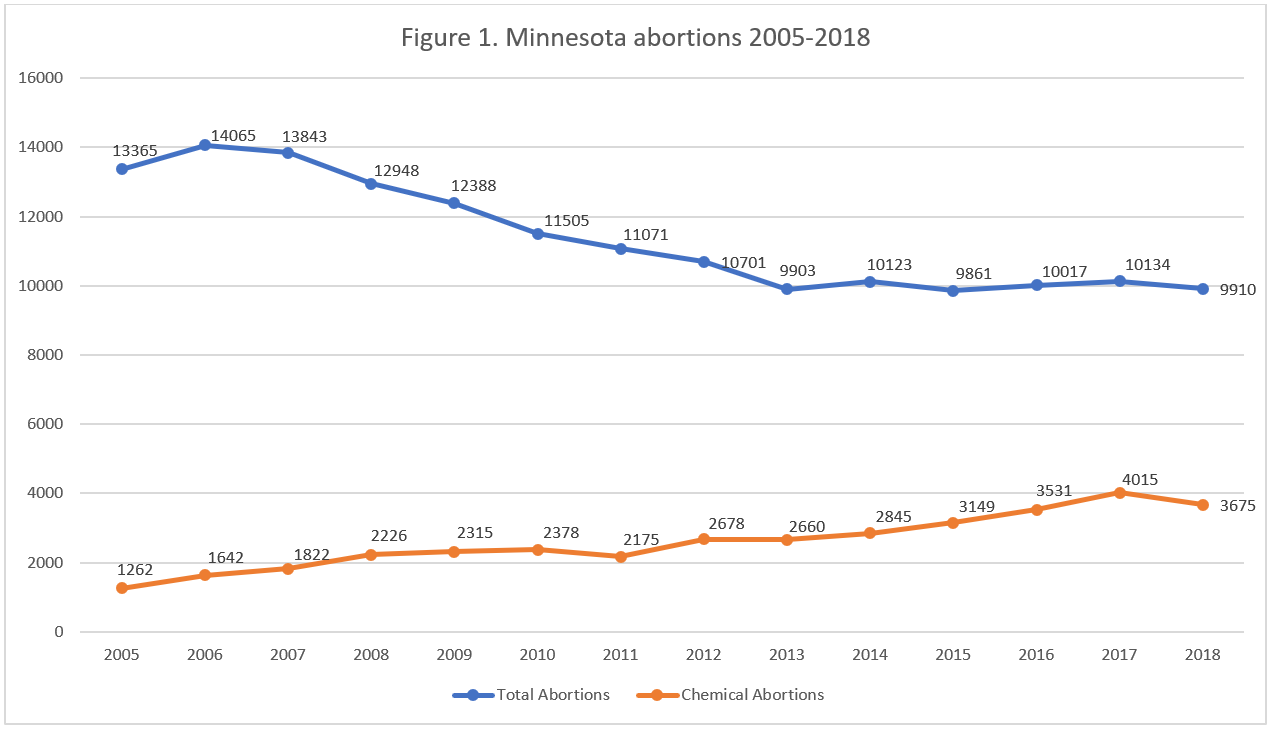
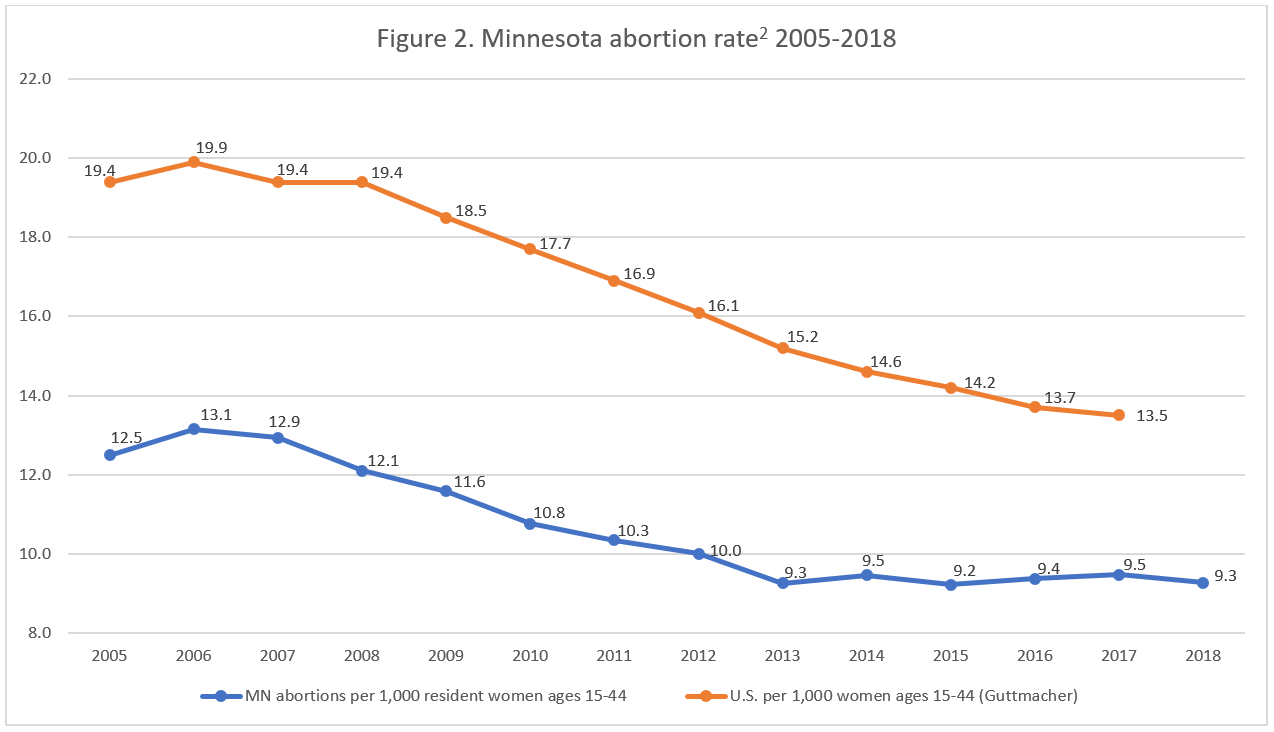
- Statistics on abortion complications reported here represent a minimal number of deaths and complications, as this data is collected in a non-systematic and non-verifiable way. As such, this data cannot be used to calculate either an accurate abortion mortality rate or an accurate abortion complication rate for the state.
- Starting with the 2018 abortion reports, abortion rates are calculated by the Charlotte Lozier Institute to allow for easier state-to-state and year-to-year comparisons. Rates were calculated by CLI using population estimates from the United States Census Bureau. The rates were calculated using the following formula: (total number of abortions performed in Minnesota ÷ number of resident women ages 15-44) x 1,000. Rates may differ slightly from previous CLI articles due to revised population estimates.










